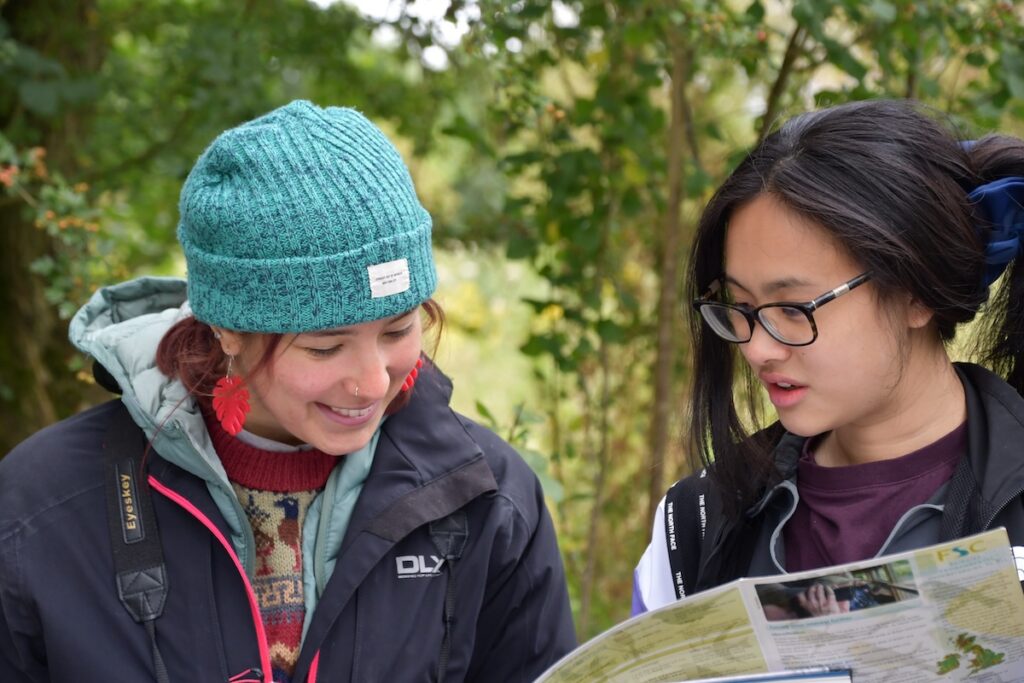Despite plummeting January temperatures and snowfall, the first official signs of spring have been spotted in Shropshire and beyond.
In the depths of cold, dark winter, it’s easy to forget that new life is growing under our feet but citizen scientists across the nation have already spotted the first tangible signs that spring is on its way including daffodils and bumblebees.
The sightings have been logged on the Signs of Spring Survey 2025 and more people are being encouraged to start recording a range of other species which indicates that spring is on its way.
The survey, which was conducted for the first time last year, is an initiative run by Shropshire-based environmental education charity the Field Studies Council in partnership with the Royal Society of Biology.
In 2024, more than 3,700 individual submissions were made by members of the public with the first sightings in early January.
An interactive live map of 2025 sightings shows the first daffodil was spotted in Newtown, Mid Wales, on January 1, the day the survey opened, and the first bumblebee was seen on January 5 in Bristol. Sightings of spring biodiversity in Shropshire have since been added.
Helen Robertson, from the Field Studies Council, said: “The data we collect this year will be added to the 2024 survey information so we can start to build a picture of how climate change is impacting the emergence of spring biodiversity.
“The bigger the data set, the more accurate picture we can get of what is happening to the plants and insects that we rely on, so citizen scientists have a huge role to play. Anyone can take part, from school children to pensioners, and we will be collecting information from January through to the end of June.”
The Signs of Spring Survey asks members of the public to record when they first see 10 different signals of warmer weather, including daffodils and bumblebees.
Last year, snowdrops (1,160 sightings) and daffodils (828) were the most recorded signs, followed by hazel catkins (420), bumblebees (409), bluebells (245), butterflies (221), ladybirds (193), first cut of the lawn (125), frog spawn (119) and damselflies and dragonflies (36).
Helen added: “As expected, most, but not all, signs of Spring are spotted in the south first, then move north as the weather warms up.
“The results of the survey will help us to map trends over time, giving us definitive evidence of whether climate change is having an effect on our seasonal species. It is also important that we continue to monitor species such as butterflies and bumblebees, as their numbers continue to decrease across the UK due to loss of habitat and lack of green space.”
Susie Rabin, Associate Director of Communications and Public Affairs at RSB, added: “Spotting the positive signs of spring and noticing the changes of the season for the better is a great way for people to get outside. Almost like an interactive game, the survey helps us be more mindful of our surroundings as well as contributing important data to help us better understand nature’s rhythms and cycles around us.”
Sightings can be logged through the Signs of Spring portal at https://survey123.arcgis.com/share/ea91fe9f98e647c888a597d3273abecf
For more information about the environmental work carried out by the Field Studies Council, as well as details of its wide range of residential and day field study courses, visit www.field-studies-council.org/
CAPTION: Students taking part in the Signs of Spring survey.






